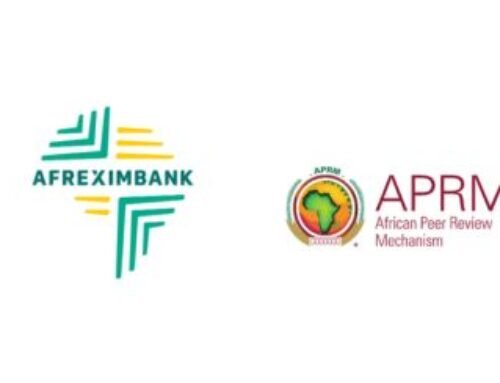
Does anyone still remember what happened to Enron Corporation at the turn of this Century? Well, let us backtrack a little to refresh our memories.
Enron, before it collapsed like a deck of cards in 2001, was one of the biggest players on Wall Street and a global energy behemoth. The company declared bankruptcy in October 2001, no thanks to massive accounting fraud and corporate mismanagement. Buried with Enron was also one of the biggest accounting firms at that time, Arthur Andersen LLP, for failing to spot the book rigging.
For almost five (5) years before it went under, Enron creatively fooled not only regulators, examiners, investors and the general public, but also sold the Credit Raters a dummy. Using fake holdings, off-the-books accounting and Special Purpose Vehicles (SPVs)/Special Purpose Entities (SPEs), it successfully hid its mountains of debts and toxic assets from everybody before the bubble burst.
Enron perfected the corporate fraud by transiting from a traditional historical cost accounting method to a Mark-to-Market (MTM) accounting system. MTM is a measure of the fair value of accounts that can change over time. Unfortunately, the method is prone to manipulation since MTM is not based on actual cost but on ‘’fair value’’ which is difficult to pin down.
Enron’s executives, management and board committed particularly damaging misrepresentations that produced inflated earnings reports for shareholders, many of whom eventually suffered devastating losses when the company failed.
The collapse of Enron prompted massive reforms in accounting and auditing practices. New regulations, standards and practices were put in place for accounting and audit firms. These included internal control, corporate management, regulatory compliance, risk management and board governance to aid the level of transparency, accountability, responsibility and fairness needed for credit rating business.
Globally, a new Financial Reporting Template was instituted under a Financial Reporting Council in respective countries.
The new template extensively closed the loopholes noticed in accounting practices. It strengthened corporate governance rules and increased accountability and disclosure requirements of corporations, especially corporate executives and corporations’ public accountants and auditors. It upped the requirements for corporate transparency in reporting to shareholders and descriptions of financial transactions and strengthened whistle-blowing practices and compliance monitoring.
While several factors that aid accounting fraud have been enumerated above, the Credit Rating Agencies should watch out for the red flags and continue to factor them into their analysis and results.








Leave A Comment